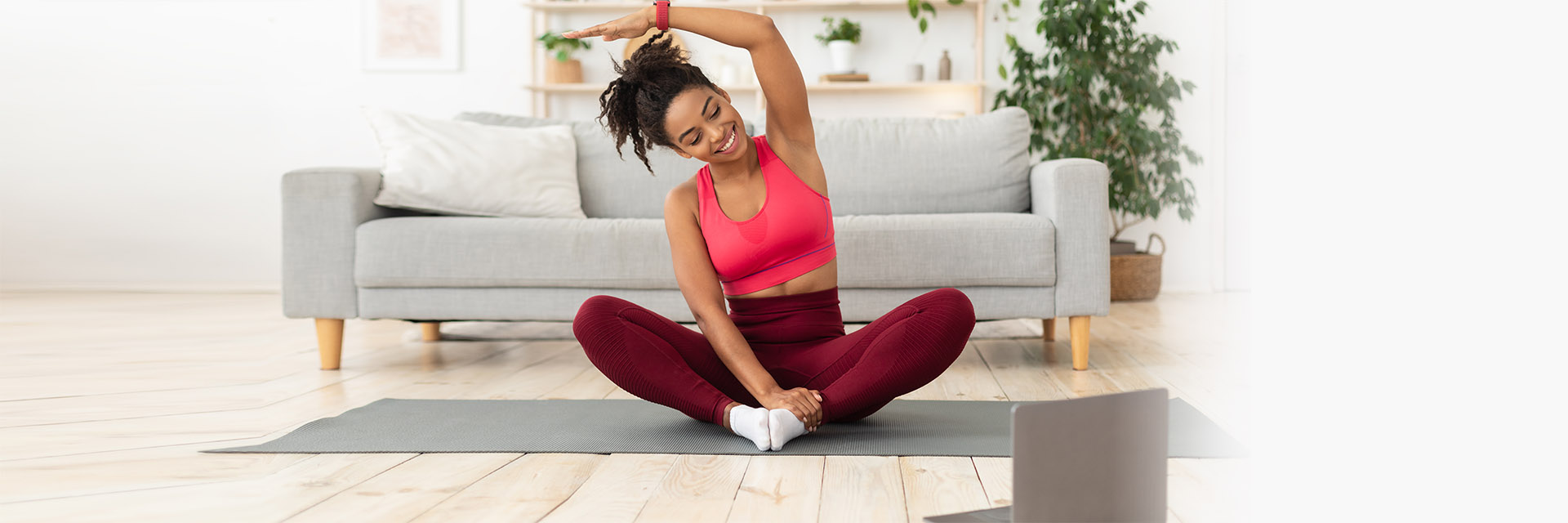When something’s not quite right “down there,” it can affect how you feel elsewhere and compromise your quality of life. Discomfort during sex, while going to the bathroom or during a gynecological exam shouldn’t be brushed aside as normal. The truth is pregnancy and childbirth can damage the muscles and connective tissue of the pelvic floor, causing all kinds of inconvenient and uncomfortable symptoms for women after they give birth and years later.
Fortunately, there’s a growing field of medicine devoted to treating the unique complications that can come from pregnancy and childbirth. A pelvic rehabilitation specialist can perform an evaluation of the muscles that control your bladder, bowel and uterus to see if they are tight or weak. Either way when not in peak form, this complex system of muscles can lead to complex issues and a not-so-straightforward solution.
The aim of postpartum pelvic rehab is to address the three major complications of childbirth ¾ incontinence, diastasis recti and pelvic pain ¾ and help repair the damaged muscle system.
“Incontinence occurs in about 19 percent of postpartum moms at 24 months, and by that time it’s not likely to resolve on its own,” according to physical therapist Reinier Botha of Texas Health Harris Methodist Hospital Cleburne, who is specially trained in pelvic health. These moms need some additional help to either get lazy muscles working or let overprotective tight muscles relax.”
As for the loss of abdominal muscle tone experienced by some women during pregnancy, Botha says about two-thirds end up with the condition known as diastasis recti. Here, the two sides of the abdominal muscle literally separate in the center. The condition can contribute to lower back pain, constipation, and urine leaks, as well as a stubborn stomach pooch that may last for years after pregnancy. Although diastasis recti cannot be fixed with crunches or sit ups (in fact, these exercises may worsen the problem), strengthening exercises can be prescribed by the pelvic rehab specialist that focus on the deeper transverse abdominal muscles.
Postpartum pelvic pain is a multifaceted issue, but one that researchers have found to have a strong correlation to back pain.
“Back pain is often the first symptom of pelvic floor dysfunction in women,” Botha said. “The challenge is to isolate the driver of a woman’s pain. Is it a joint dysfunction? Then we have to decide which joint is at fault. And more often than not it is a combined effect of several joints. If it is not the joints, we need to look at muscle function and trigger points that may exist in any of the pelvic, back or lower abdominal muscles. Then we need to look at scar tissue. So often when evaluating the integrity of a C-section scar, of even an episiotomy scar that is 10 years old, we find this to be the source of back pain.”
What to Expect with Pelvic Therapy
As postpartum pelvic therapy catches on more and more, physicians within Texas Health can guide you to appropriate resources for help with incontinence, diastasis recti and pelvic pain. A prescription for pelvic rehab may involve one or more of the following:
- Assessment of pelvic flexibility and strength
- Assessment and treatment of pelvic area internal and external muscles
- Pelvic floor muscle surface EMG or biofeedback to stimulate muscle re-education
- Postural exercises to strengthen your core and back
- Myofascial release to strengthen the connective tissue of the pelvic floor
- Relaxation and deep-breathing techniques to engage your diaphragm and pelvis
- Development of an individualized home exercise program
- Health education to ensure proper diet and lifestyle
To find a pelvic rehab physical therapist, you can start by asking your primary physician or OB/GYN to make a recommendation. Learn more about pelvic therapy at 1-877-THR-WELL (1-877-847-9355) or TexasHealth.org.

